“…all life is interrelated. All persons are caught up in an inescapable network of mutuality, tied to a single garment of destiny. Whatever affects one directly, affects all indirectly.” – Martin Luther King, Jr.
This is part of a quote that Al Condeluci of the Interdependence Network shared at the Nebraska Developmental Disabilities Network’s annual Tri-Board meeting in June. Al’s field is Social Capital. It sounds academic, but it’s actually common-sense. In working terms, Social Capital is all about relationships, friendships especially:
- What do you get from (and give to) relationships?
- People help you with things
- People are there for you when the chips are down emotionally
- People have useful information and they share it with you
- The quantity and quality of your relationships are important because they help you with things like:
- Getting jobs
- Finding roommates
- Getting transportation
- People being more tolerant, respectful, and kind if they know who you are and who you’re associated with
- Being safer
- You’re a part OF the community, rather than just being IN the community.
We compared this image with what National Core Indicator Data and personal accounts tell us about the life experience of people with disabilities in Nebraska, and prepared to brainstorm about some of the most glaring discrepancies with “the good life”.
Al helped the group define “community” as a “network of different people, who come together regularly, for something in common.” He pointed out that building relationships is a process and that we have the potential to facilitate that process. He outlined four key steps:
- Identify the passions, interests, hobbies, avocations of the person. (Find their similarity)
- Find or create a group in the community that connects the same commonality you found in the person you support.
- Study, observe, discover or create the key behaviors that are expected in this group. (So you might coach or prepare the person for what is expected)
- Find a “gatekeeper” or influential person already in the group and ask them to introduce the person you are supporting to the other. (so that their value spreads to the new person)
- Being safer
Next, we went three rounds in pondering three questions generated by gaps shown by Nebraska’s recent National Core Indicator Data. Round One focused on what we should do; Round Two focused on what we could do; and Round Three focused on what we will do. The results were meant to focus our efforts – start by thinking big and break down the elephant into actionable, bite-size pieces.
Question: “What will we do to address meaningful opportunities for people with disabilities?”
- Establish Social Role Valorization as a foundational training for parents, providers, individuals and how to access other relevant training opportunities (including strengths-based trainings)
- Identify community gatekeepers (e.g., employers, volunteer opportunities, chambers of commerce, post-secondary schools, and faith groups) to support inclusive community opportunities
- Promote inclusion and education in schools and demand support from schools for students to get better jobs or post-secondary educational opportunities
Question: “What will we do to address transportation issues?”
- Incorporate a transportation goals and objectives into the Olmstead plan
- Research on working models - Include research on incentives and grants; e.g., Uber, Gallup buses and leveraging existing options (e.g., UNO, UNL, and other transport) to collaborate
- Needs assessment of Nebraska disability population
Question: “What will we do so people are in and of the community?”
- Use media and social media. Some examples would include "The Power of Inclusion" publication, engaging the media to provide human interest stories, and press releases about Olmstead Planning.
- Lay Advocacy Inclusive Education
- Munroe-Myer Institute Statewide Disability Leadership Training/Seminar
- Continue to pursue the construction of a meaningful Olmstead Plan for the state
- Continue involvement with and support for People First of Nebraska.
Additional ideas: Expand on ways we can facilitate membership in community organizations based on people’s individual interests (e.g., allocation on individual budgets, need for supports to get out and do interests). Involve the media for the next Social Role Valorization training; renew Person-Centered Planning where supports are actually tailored to an individual.
The network already has some of the tools available to create change. It’s up to us now to engage with work.
On an individual level, in this season where people are gathering for Thanksgiving or Friendsgiving, take a moment to look at your own “social capital” – all those relationships, some of them prickly, some of them supportive, but all of them meaningful to some degree in your life. Remember how important those real, live human connections are to everyone.
Want to read more about Social Capital? There are many more resources available at https://buildingsocialcapital.org/.
Dig deeper into the numbers: Nebraska comparison with the National Core Indicator Data.
Sharon T. Ohmberger currently serves as the Community Engagement Director for Disability Rights Nebraska.


